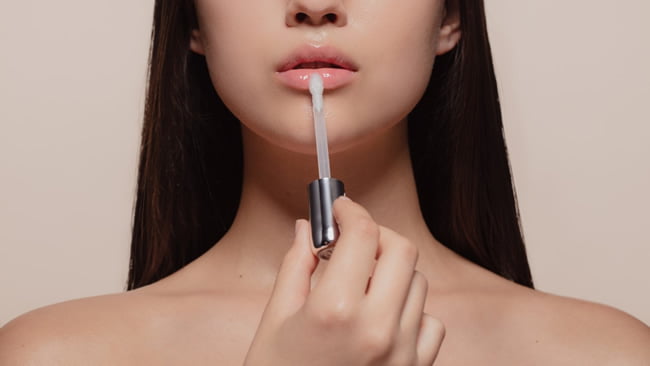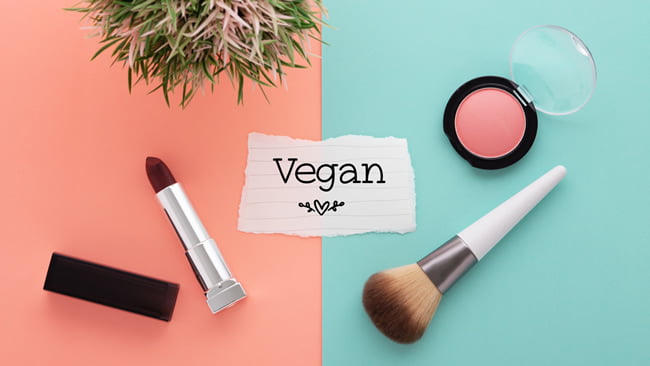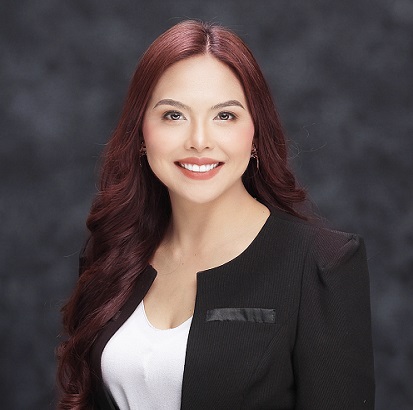Glossary of Key Terminology for Tricky Beauty Terms

In recent years, the cosmetic industry has become aware of how much language plays a fundamental role in defining the clients’ preferences, influencing their perception, and inspiring desires for change.
Many times, difficult words are written on cosmetics packaging, of which you do not know the meaning and are unable to find these terms anywhere online nor offline dictionary. Yet they are important because they indicate product characteristics and ingredients essential to know so as not to create false perceptions.
This blog will discuss the importance of developing a glossary of key terminologies for your cosmetic brands. We will also give examples of some tricky terms normally found on the packaging.
Importance of the cosmetic glossary for your brands
Glossary development should be considered as the first step before any translations begin. Consistent terminology is relevant to any industry, company, product, or brand. The glossary can help maintain the consistency of your content when being translated into multiple languages.
Companies use specific terminology in their product descriptions or services. This is why multilingual glossaries are developed and used during translation to ensure terminological consistency across all material translated for the same company.
Utilizing translation memory and glossaries will help considerably to increase efficiency, save time and money, increase satisfaction, and provide consistency in translation throughout your multilingual touch points. It’s also proven to be of great help not only for the work of intercultural and linguistic professionals but also for companies and businesses.
- Terminology is the word(s) or phrase(s) that are specific to an organization or industry. Terms used by a company or organization are unique to them and through their input in glossary development, they can be assured that their glossary will reflect their unique culture.
- Glossary is a collection of terms specific to an industry or organization. Multilingual glossary development allows greater control of the terms used, ensuring quality and consistency across all channels of multilingual communication as well as reducing time and translation costs.
- Translation Memory (often abbreviated as TM) is a linguistic database in which an organizations translations are stored and can be repurposed later. All previous translations are accumulated in the translation memory (in source and target language combinations called translation units) and reused so that you don’t have to translate the same sentence twice. Consistency is the primary benefit of a TM, but also, there is an economic benefit resulting in a tiered pricing structure where you are not charged full price for repeat segments, etc. The greater the amount of content stored in the translation memory, the increased opportunity for savings and shorter translation production times.
Examples of tricky beauty terms in cosmetics translation
Baked eyeshadow: I have included this term in this small cosmetic dictionary because it often happens by law that the words “baked” on eyeshadow and you don’t know what it is. Baked eyeshadow is a type of eyeshadow that should be used wet, slightly moistening the brush, even if it is possible to apply even when dry.
Contouring: it means “sculpting” or making the features of the face, eyes, and lips more defined. It is a technique that is carried out using different shades of foundation or by applying the highlighter, blush, and bronzer in specific areas on the face. With this technique, it is also possible to correct small face defects, such as a high forehead, a round face, downcast eyes, and so on.
Corrector: pigmented cosmetic preparation with corrective action on skin color and facial features. Cosmetic make-up products are suitable for covering or reducing the unsightly appearance resulting from the so-called “dark circles.”
Cruelty-Free: literally “free of cruelty”, it means a product was not tested on animals. A cruelty-free product is not necessarily vegan because it may not be tested on animals but may contain ingredients of animal origin.
Finish: with this term, we mean the result, for example, lipstick comes in a variety of finishes such as opaque, glossy, lacquered, metalized, or shiny.
Swatchare: indicates the action of testing a product (such as lipstick or an eyeshadow palette) before purchasing it or, in the case of make-up artists and beauty bloggers, it is tested to show its quality to followers and readers. For example, you can try lipstick on the back of your hand to distinguish the effect of the color more confidently on your skin than the hue inside the container. With a swatch the color, finish, texture, and any other properties of the product are checked.
Scrub and gommage: these two terms indicate two different ways of exfoliating the skin. The scrub acts deeper with more aggressive granules on the dermis and therefore enters deeper. In contrast, gommage is a more delicate version, with much smaller grains and an extremely moisturizing base, suitable for sensitive skin or more delicate areas.
Hypoallergenic means the product has been formulated to minimize the risk of an allergic reaction. Typically, it does not contain alcohol, perfume, dyes, preservatives, or nickel.
Oleolytes: they are a class of anhydrous-based products containing active ingredients, perfumes, and antioxidants in an oily vehicle (vaseline oil; vegetable oils; waxes; synthetic substances such as esters). They are the basis for cleaning products for oily skin, and for baby, sun, and massage oils, and special products.
Vegan: a “vegan” cosmetic product will not contain any ingredients derived from animals, such as honey or beeswax. This term should not be confused with “cruelty-free.”

The glossary is for consistency and to be inline with a specific companies’ terms and branding. The terms need to be translated in a way that convey the same/equivalent message as the source language.
In addition, translation memories help keep the brand’s tone of voice consistent, which must be represented uniformly on all communication channels and in all company-related content and products. Being able to rely on a glossary and well-defined syntactic and grammatical standards helps the translator identify the target audience’s characteristics and needs, thus guaranteeing effective communication suitable for the context and the target market.
Conclusion
Words have power over us; often, we don’t even notice it, but they have the ability to influence us. Being able to convey the correct meaning of the message you want to deliver is vital, especially when translating your cosmetics product labels. For this purpose, overall glossary development and meticulous research of the specific key terminology relevant to your industry are necessary.
Your translation partners should compile or develop a termbase before starting a translation project and ensure that the TMs relating to each translation project are constantly updated with the latest files.. That way, you can guarantee clear and consistent communications and save time and money managing your multilingual corporate content.
References:
